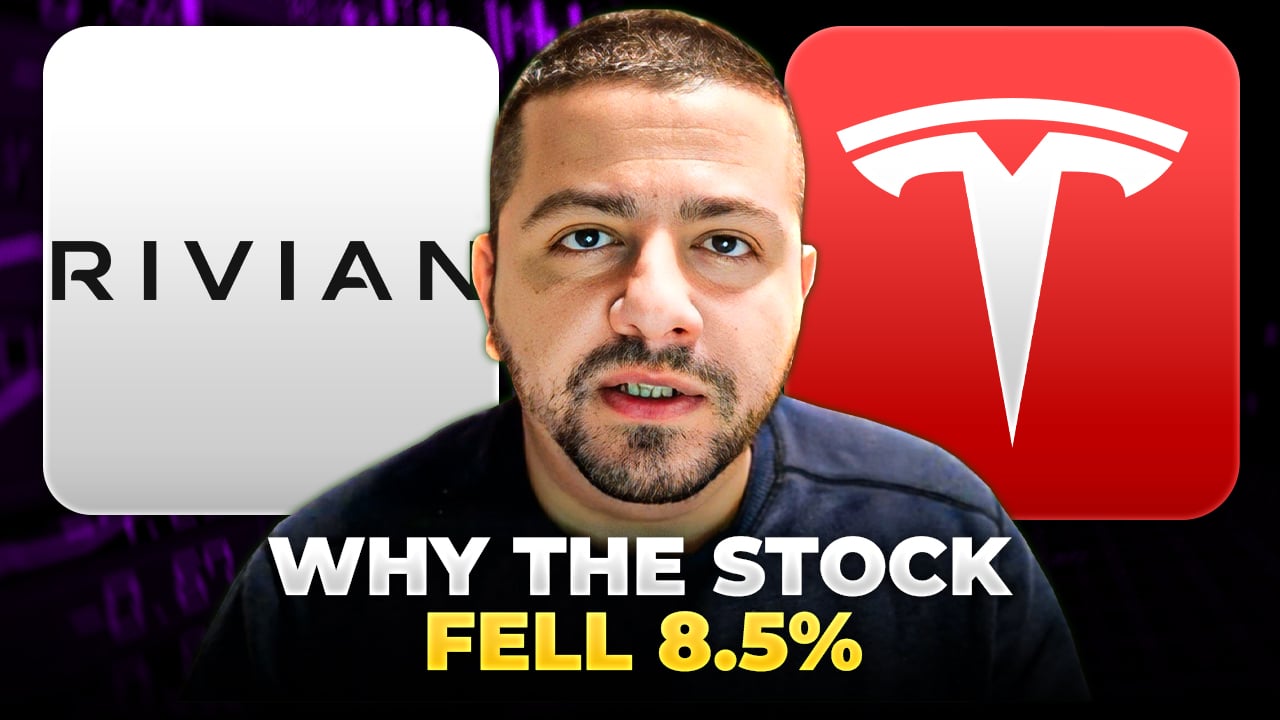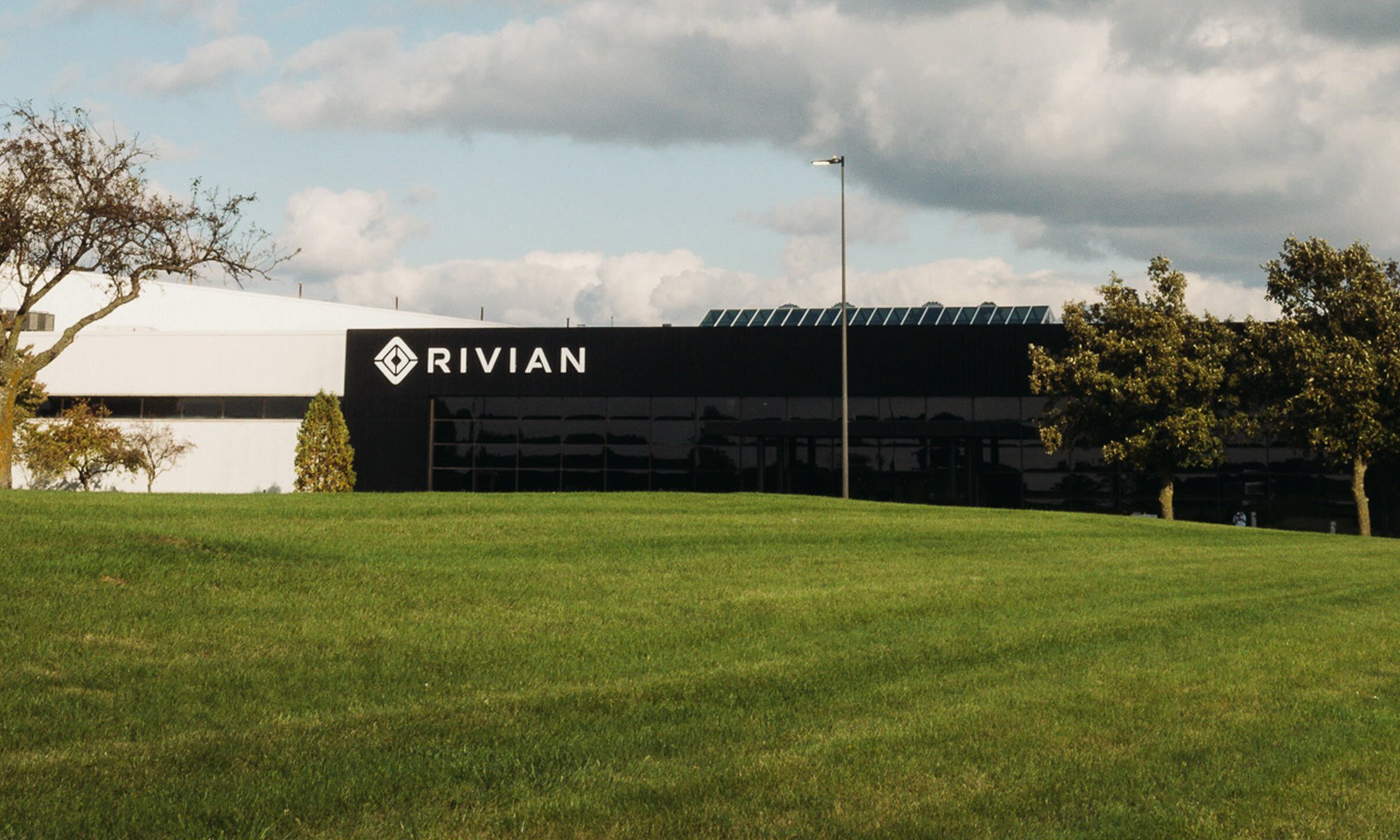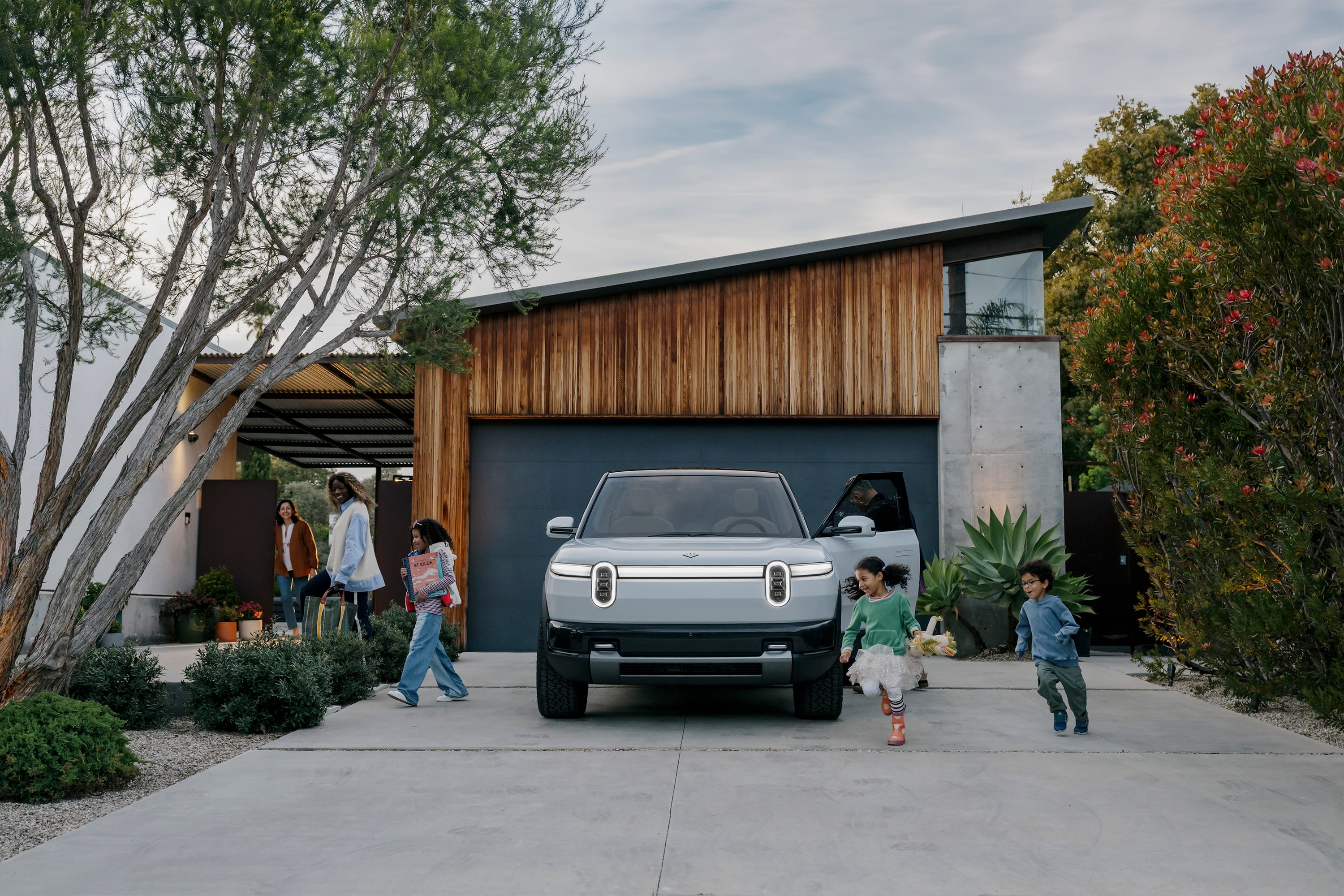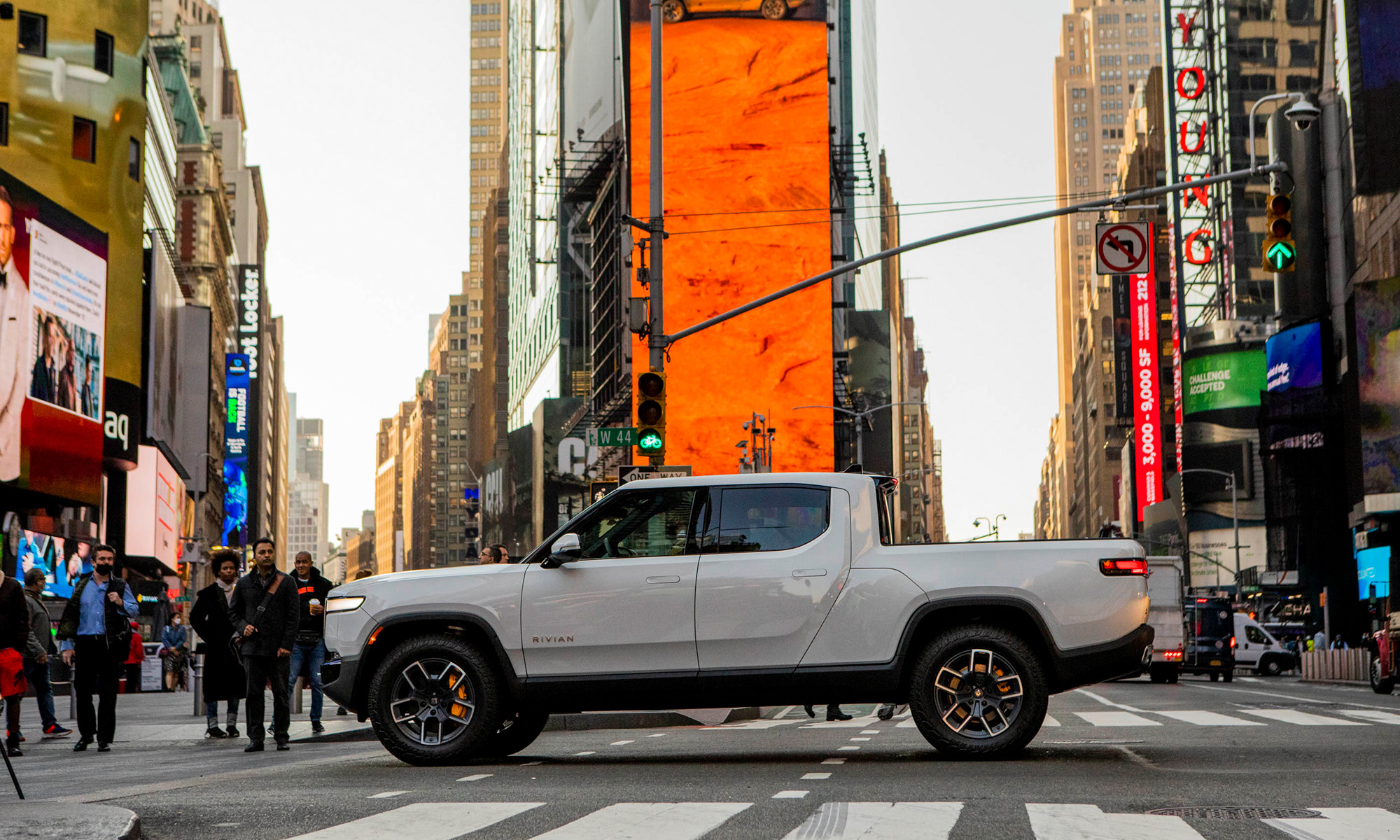It seems like ages ago, but many investors forgot that at the end of 2023, Rivian Automotive (RIVN +1.52%) arguably had more momentum than any other young electric-vehicle (EV) maker. Sales were still heading higher, and the company had received numerous awards for quality and reception of its R1 vehicles.
Since then, however, demand has faltered and sales and deliveries have declined. Below, I'll take a look at the first-quarter decline, what happened, and the silver lining for investors.
Demand wanes
It's a part of the automotive cycle: As vehicles age, demand wanes. Automakers generally offset this with a mid-cycle refresh, which updates a few things and some design features to freshen up the look and stoke demand.
While Rivian did upgrade to a second generation of the R1 vehicles, most of the attention went to hardware and cost reduction. There's also the possibility that demand will continue to wane for its R1 vehicles.

Data source: Rivian press releases. Image source: author.
The graph above also shows the company exiting 2023 with momentum, before things began to slow. Further, add in the fact that Rivian had a pull-through effect on its EDVs into the fourth quarter, which led to disappointing first-quarter deliveries. In other words, the company built more commercial vehicles during the fourth quarter to catch up from a supply shortage, pulling forward demand from the first quarter.
Silver lining
The silver lining with Rivian is clear: Despite slowing deliveries, the company has managed to remove costs and improve its gross profit. The first quarter marked the second-consecutive record quarter for gross profit, generating $206 million. That broke down to $92 million from the automotive segment and $114 from the software and services segment.
This is an impressive improvement, considering that lagging deliveries and revenue dropped from $1.1 billion to $922 million during the first quarter. That means the improvement had to have come from the costs side of the equation. Sure enough, Rivian managed to reduce the cost of good sold by a staggering $22,600 per vehicle delivered during the first quarter compared to the prior year.

Rivian R1T and R1S. Source: Rivian.
The next step
Now, all eyes are turning toward the R2 launch in 2026. Not only will the R2 build on the hardware upgrades to the updated R1, which will lower costs, it also will open the door to a wider consumer base with a price tag starting at around $45,000.
Currently, Rivian is constructing an expansion to its Normal, Illinois, factory to enable the initial production of the R2. Construction is on schedule, and the company has started design validation builds on the prototype line using production tooling.

NASDAQ: RIVN
Key Data Points
What it all means
Aside from the upcoming R2, arguably the biggest factor to watch is Rivian's liquidity, something always of importance when it comes to such young companies. Fortunately, for Rivian's second-consecutive quarter of gross profit, the company unlocked a $1 billion payment from Volkswagen as a part of its joint venture.
In combination with the other $7.2 billion in cash and cash equivalents, the capital should provide enough runway for operations through the ramp up of not only the R2 in Normal, but also the R2 and R3 in Georgia. The latter should support a pathway to positive free cash flow and scale.
Rivian is a highly speculative stock that should occupy only a small position in any portfolio. Still, despite slowing sales, the company has managed to remove meaningful costs and improve its operations, setting itself up for a much better 2026.





